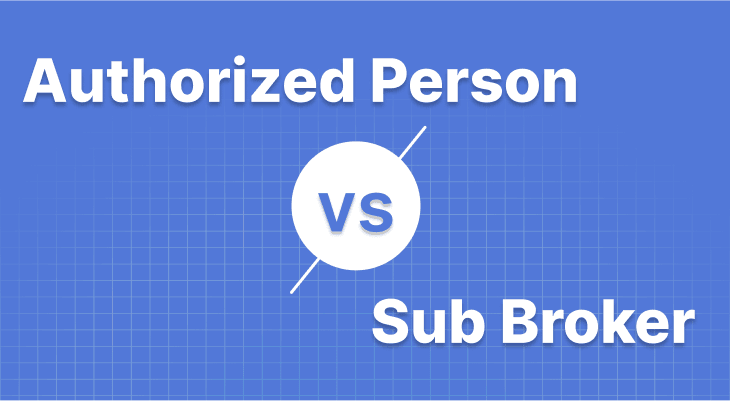
Authorized Person vs Sub Broker
An investor and trader can’t directly deal with shares and securities on the stock market. They need to sign up with an intermediary called a stockbroker who allows them to open a demat account allows them to buy and sell shares and other securities.
With the growth in India’s financial markets attracting savings of many individuals into the stock markets, the whole stockbroking industry has come into focus. There are many stockbrokers like Mirae Asset who offer differentiated services to their clients.
Like Mirae Asset, many stockbrokers work with Authorised Persons (sub-brokers) who offer investment and trading services to their clients using the broker’s technology platform. Let us look at the type of stockbrokers in the marketplace.
What are the types of Stockbrokers?
Full-Service Brokers
These stockbrokers offer an array of services apart from stock broking including research, advisory, other financial products, among others.
Discount Brokers
These stockbrokers usually provide broking services at a low per transaction cost or on a flat-rate basis. This category is usually known for providing low-cost demat accounts for investors and traders.
Online Brokers
These brokers provide online trading platforms to their clients to place their orders and track their investments. A full-service and discount broker can fall under this category.
Sub-Brokers
Stockbrokers partner with Authorised Persons (sub-broker) who in turn can use its infrastructure and platform to provide services to his or her clients. Partnering with a stockbroker can help the Authorised Person to scale quickly with minimal initial investment and achieve scale in his or her business quickly.
What is the difference between Authorised Person and Sub-Broker?
While SEBI has stopped licensing sub-brokers from August 2018 onwards, it is essential to understand the differences between a sub-broker and an Authorised Person. Here are some of the differences between these two intermediaries—
Registration
An Authorised Person does not have to register with SEBI but needs to enter into an agreement with a stockbroker like Mirae Asset Capital Markets, and with an exchange. This is referred to as a tri-party agreement.
A sub-broker on the other hand had to register with SEBI and then become eligible to sign up with a stockbroker to offer services to clients.Market Access
An Authorised Person is allowed to trade in all segments be it equity, futures and options, etc.
On the other hand, a sub-broker had access to the cash market only.Oversight
An Authorised Person is subject to supervision of the stockbroker and the stock exchanges.
On the other hand, a sub-broker was subject to supervision of SEBI and stock exchanges.
With SEBI moving to the Authorised Person regime, the difference between a sub-broker and Authorised Person are quite minor. All sub-brokers were given an opportunity in August 2018 to move to the Authorised Person regime by March 2019.


